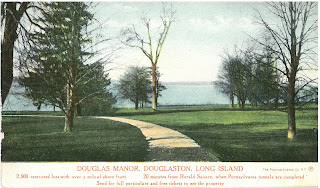In the late 18th century, as the Industrial Revolution took hold in the United States, property owners began to impose limitations on the types of activities that could take place on their land. These restrictions deed restrictions, were designed to protect the value of property and the character of neighborhoods.
Real estate developers, particularly in rapidly urbanizing areas, were early adopters of deed restrictions. They used them to create entire neighborhoods that were zoned exclusively for residential use. The primary aim was to guarantee that property owners would not be allowed to engage in activities that could harm the community especially when selling the property. This helped to ensure that property values would remain high and that the neighborhoods would be attractive to buyers.
In addition to prohibiting commercial and industrial activity, deed restrictions also often limited the size and style of homes that could be built. They could also restrict the use of auxiliary structures, such as garages and sheds. The goal was to create a uniform and aesthetically pleasing appearance that would appeal to buyers.
Unfortunately, deed restrictions were also used to discriminate against certain racial and ethnic groups. For example, many restrictions prohibited the sale of property to African Americans, Italians, Armenians, and particularly, Jews. As such these restrictions explicitly prohibited Jewish individuals from purchasing homes or properties in certain neighborhoods. This exclusionary practice was part of a broader pattern of housing discrimination that limited where Jewish families could live. On adverts and postcards, these restrictions can be seen with the code word "restricted"!
The Supreme Court's decision in Shelley v. Kraemer (1948) finally put an end to the use of deed restrictions to discriminate on the basis of race. However, many deed restrictions that contained discriminatory clauses remained in place. These restrictions have been slowly challenged and modified over time, but they continue to have a legacy of racism in American housing.
Here are some examples:

Douglas Manor, Long island, New York |

Falmouth Associates, The Moors, Falmouth, Cape Cod |






No comments:
Post a Comment
Feel free to comment, but please leave your name